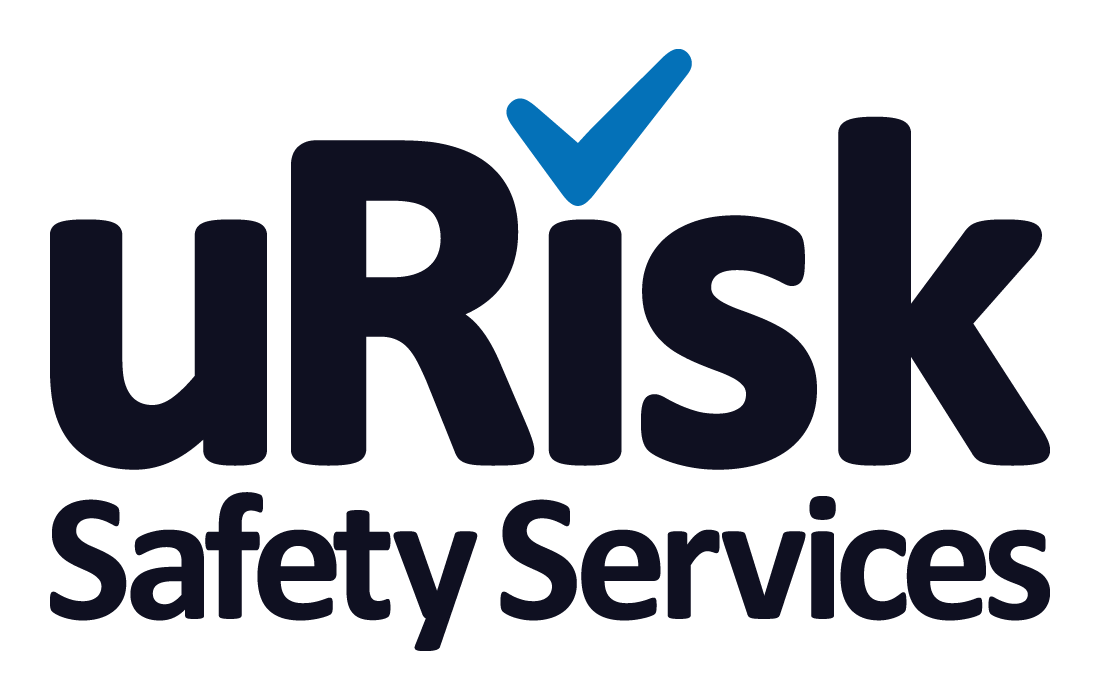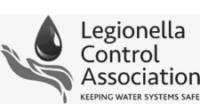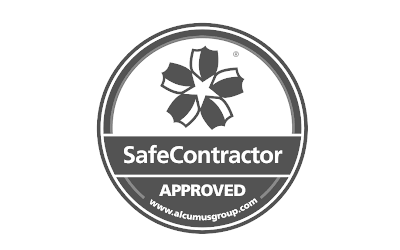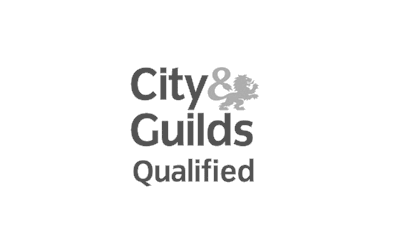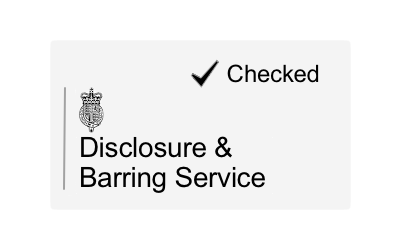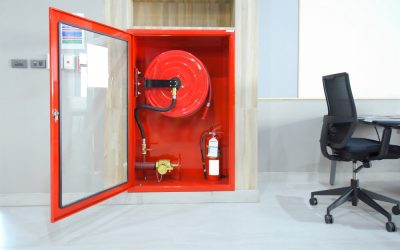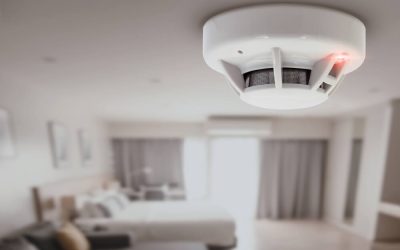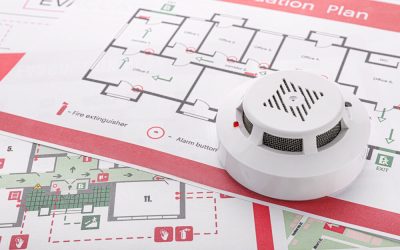What are the Health and Safety Rules for Restaurants?
The health and safety rules for restaurants state that you, or a responsible person, need to take the “right precautions to reduce any risks to the health and safety of workers and others who might be affected by your work activities.” You must provide the right facilities, as well as a safe and healthy environment for your staff members and diners.
Restaurant health and safety risk assessment
As a workplace, restaurants can be dangerous environments, which means that health and safety risk assessments must be carried out regularly. Many of the dangers that staff in particular might encounter in a restaurant kitchen are obvious – hot oils, boiling water, hotplates, oil and liquid spills, knives etc. However, there are many unseen risks that the responsible person must also test for, and this includes bacteria such as E.coli, salmonella and listeria. And you also need to worry about legionella risks in your restaurant. If inhaled, the legionella bacteria could go on to develop into the potentially fatal Legionnaires’ disease.
Legionella and restaurants
For restaurants, the biggest risk of legionella is from public-facing water systems such as toilets and wash facilities. However, kitchen staff could also be at risk from the kitchen pre-rinse sprayers which produce aerosol droplets. This is a risk because if legionella bacteria were present in the water, they could be inhaled in contaminated water.
A responsible person’s duties therefore include taking the prevention, management and control of the risk of exposure to legionella.
Why do restaurants need to worry about legionella?
Restaurant owners need to worry about legionella bacteria because they are waterborne pathogens that, if inhaled, could develop into the potentially fatal form of Legionnaires’ disease. Legionnaires’ disease is a pneumonia-like illness that can cause respiratory failure. People at risk of contracting Legionnaires’ are the over 45s, smokers, heavy drinkers, people with chronic health conditions and people with poor immune function. According to the World Health Organization, of those contracting Legionnaires’ disease, 75–80% are over 50 years and 60–70% are male. However, it is the elderly, the very young and those with chronic medical conditions who are most vulnerable, and the death rate is around 5–10%.
How to prevent legionella bacteria from becoming a risk
The main risk factors are stagnant water that is kept at a temperature between 20oC and 45oC. Prevention of Legionnaires’ disease therefore depends on keeping water flowing and ensuring that the cold water is kept below 20oC to keep the bacteria dormant, and the hot water is heated to at least 60oC to ensure the water temperature is at least 50oC when it reaches the taps – the temperature that will begin to kill the harmful bacteria. However, the higher the temperature, the quicker legionella dies – at 50oC it will die within hours; at 60oC it will die within minutes; and at 70oC it will die instantly. We suggest using a legionella thermometer to manage and measure water temperature.
On top of temperature control, it is also important to keep the water flowing. In the busy parts of your restaurant, this will not be a problem. However, if you have large premises with areas that are only used occasionally, you may need to take extra precautions. This can be as simple as, once a week, flushing toilets that aren’t used much, as well as running the taps for a couple of minutes. This is to ensure the water across your entire system is kept flowing so the bacteria doesn’t have the opportunity to find somewhere to settle and breed until they are at harmful levels.
Another important way of managing the risks from legionella is by regularly descaling your water pipes, taps, shower heads and equipment. In hard water areas, scale is a constant problem, and any buildup of scale in your pipes could prevent the efficient flow of water, providing the conditions needed to promote legionella growth. Taps and shower heads that are clogged with scale are also more likely to produce the tiny water droplets of spray which are small enough to be inhaled by staff and customers. If there are any legionella bacteria in the water, they could be in these tiny droplets and will therefore get a free ride into the lungs where they can thrive.
Regular water testing and risk assessment are therefore vital precautions in reducing legionella risk.
Legionella testing
If your restaurant has moved into new premises, or you have just been appointed as the responsible person and are not sure how to proceed, book a legionella risk assessment. If you would like to know more about your responsibilities with regard to legionella control, sign up for our online Legionella Awareness Course or classroom-based Legionella & Legionnaires Disease Training Course.
Legionella and Water Hygiene Blog Posts
Office Fire Risk Assessment
As you would expect, keeping your office safe from the risk of fire is a legal requirement under the Regulatory Reform (Fire Safety) Order 2005. If you are the owner or manager of a business, or landlord of an office building, it is your responsibility to ensure your...
Fire Risk Assessment For Flats
Your legal requirements as a landlord include taking precautions to keep your tenants safe, including when it comes to the risk of fire in flats. As part of the fire safety regulations, fire risk assessments for flats is therefore part of your legal obligation to...
Getting A Risk Assessment For Fire in the UK
As an employer, landlord or facilities manager, it is your legal responsibility to keep everyone who uses your premises safe. A fire risk assessment is an important part of this because it identifies what might cause a fire so you can take steps to prevent one, as...
